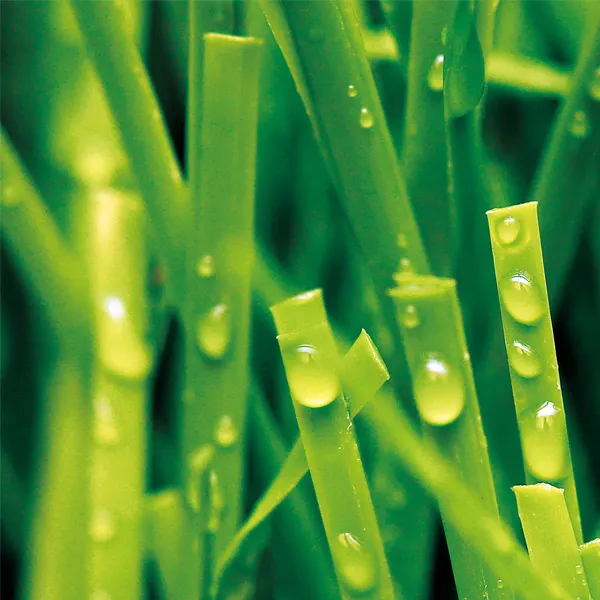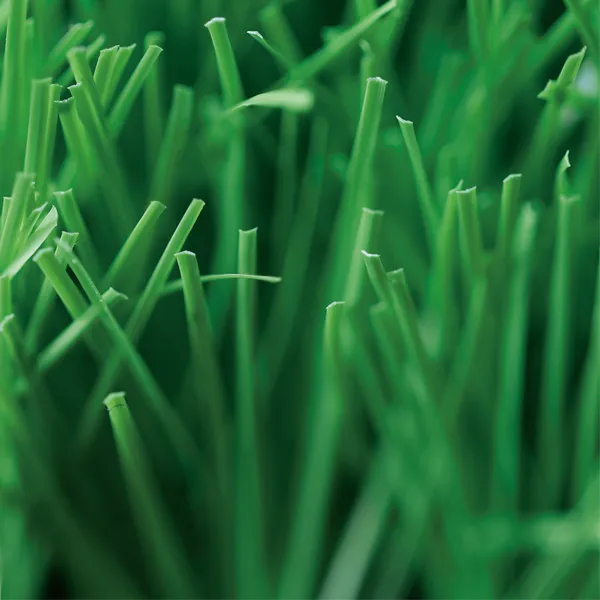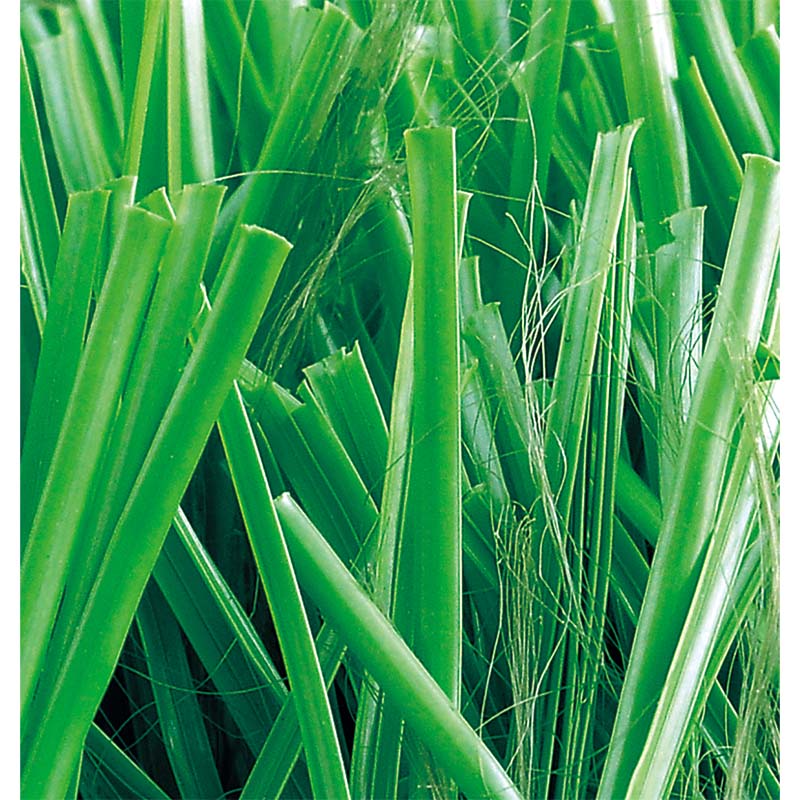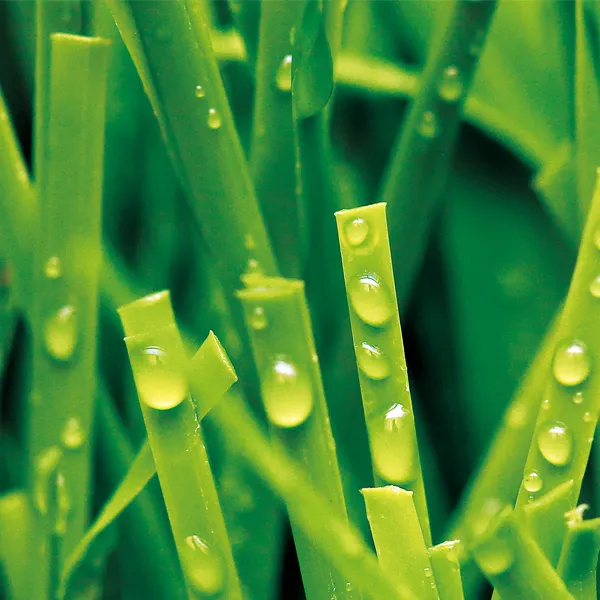Sports Synthetic Grass on Soccer Fields

Sports Synthetic Grass is widely used for soccer fields due to its durability and low maintenance requirements. Traditional grass fields can become muddy and uneven, especially after heavy use or adverse weather conditions. Sports synthetic grass, however, provides a consistent playing surface that can withstand heavy foot traffic and weather variations. This ensures that games and practices can continue regardless of the weather, reducing cancellations and maintenance costs.
Durability and Consistency of Sports Synthetic Grass
One of the primary reasons for the widespread adoption of sports synthetic grass in soccer fields is its remarkable durability. Unlike natural grass, which can easily become worn down and patchy after repeated use, synthetic turf maintains its integrity and appearance over time. This durability is particularly beneficial in areas with high usage rates, such as school sports grounds, community parks, and professional soccer stadiums. The consistent surface provided by sports synthetic grass helps in reducing the risk of injuries caused by uneven playing fields, offering players a safer environment to perform at their best.
Cost-Effectiveness and Low Maintenance of Sports Synthetic Grass
Another significant advantage of using sports synthetic grass for soccer fields is the cost-effectiveness in terms of maintenance. Natural grass requires regular mowing, watering, fertilizing, and pest control to keep it in optimal condition. These maintenance activities can be both time-consuming and expensive. On the other hand, synthetic turf requires minimal upkeep. Occasional brushing to keep the fibers upright, periodic cleaning to remove debris, and infrequent infill top-ups are usually sufficient to maintain the field. This low maintenance requirement translates to substantial cost savings over the long term, making synthetic grass a financially viable option for many organizations and municipalities.
Sports Synthetic Grass in Various Environmental Considerations
While the initial installation of sports synthetic grass, including artificial grass mats, may involve a significant investment, its long-term environmental benefits are noteworthy. The reduced need for water, pesticides, and fertilizers contributes to environmental conservation. Water savings are particularly crucial in areas facing water scarcity, and the elimination of chemical treatments helps in protecting local ecosystems. Additionally, many modern synthetic turfs, including artificial grass mats, are made from recyclable materials, further enhancing their environmental sustainability.
Sports synthetic grass offers numerous benefits for soccer fields, including durability, weather resistance, cost-effectiveness, and environmental advantages. Its ability to provide a consistent and safe playing surface regardless of weather conditions makes it an excellent choice for soccer fields used by players of all levels. The transition to synthetic turf not only enhances the quality of the game but also offers significant long-term savings and environmental benefits.
With years of expertise in artificial grass, we're dedicated to providing eco-friendly, durable, and aesthetically pleasing solutions.
Our commitment to quality and customer satisfaction shapes every blade of grass we produce,
ensuring that we not only meet, but exceed,your landscaping expectations.




